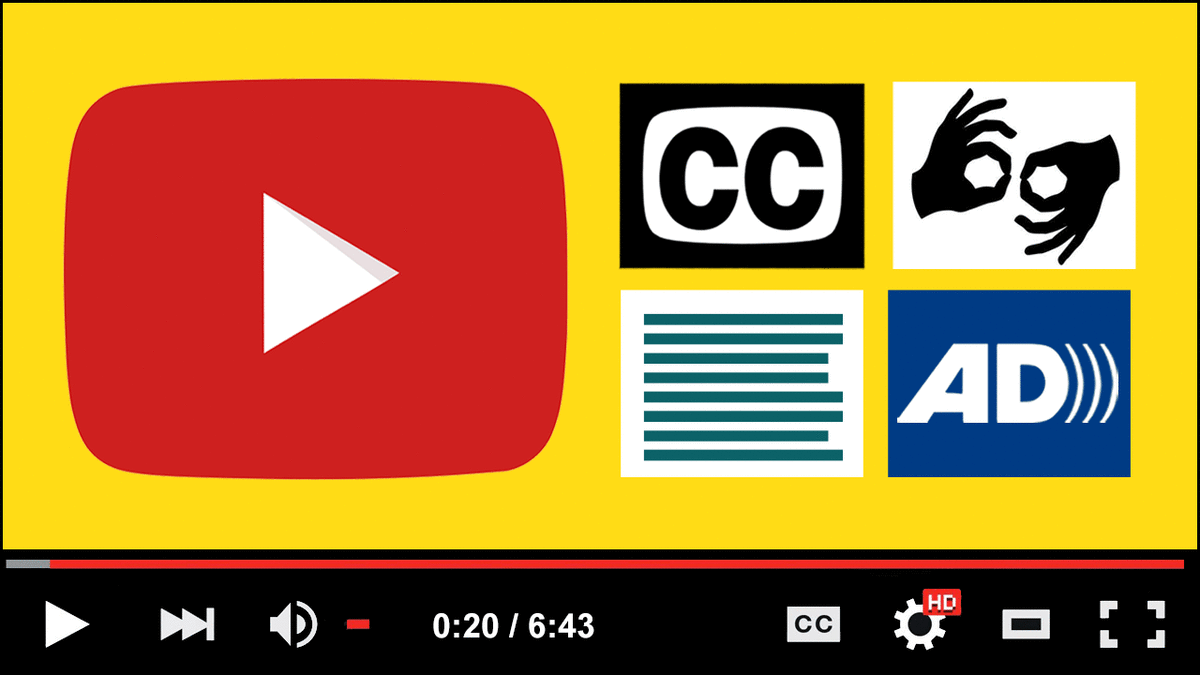Making Audio and Video Media Accessible covers audio description, captions, transcripts, media players, project management, user experiences, business benefits, and more. As the site states:
This resource explains how to make media accessible, whether you develop it yourself or outsource it. It helps you figure out which accessibility aspects your specific audio or video needs, provides project management guidance, and includes requirements from the Web Content Accessibility Guidelines (WCAG) standard.
Address the following components:
- User Experiences and Benefits to Organizations: Understand the needs of people with disabilities. Learn about benefits to organizations, and benefits to everyone in a variety of situations.
- Planning Audio and Video Media: Plan for accessibility from the very start of your project, to save time and money. For example, integrated description is easier and better for accessibility, and it needs to be included in the script before filming.
- Audio Content and Video Content: Make new audio and video content accessible. Avoid accessibility barriers when planning, scripting, storyboarding, and recording your media.
- Audio Description of Visual Information: Provide description so that people who are blind and others who cannot see the video adequately get the visual information needed to understand the content. This includes things like charts, graphs, and text such as speaker names, titles, and e-mail addresses.
- Captions/Subtitles: Provide captions (also called "subtitles") so that people who are Deaf and hard-of-hearing get a text version of the speech and non-speech audio information needed to understand the content.
- Transcripts: Provide a transcript, that is, a text version of the speech and non-speech audio information. Ideally, make it a descriptive transcript that also includes text description of the visual information. Descriptive transcripts are required to provide video content to people who are both Deaf and blind. (descriptive transcript excerpt example)
- Sign Languages: Provide sign language when your audience needs it, so that Deaf people whose native language is sign get the content in their native language.
- Media Players: Use a media player that supports accessibility.
